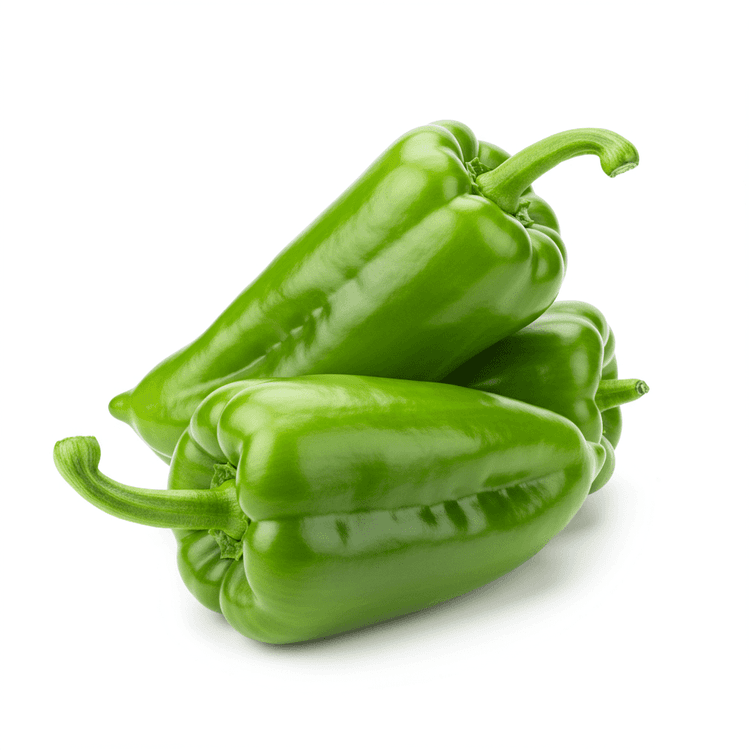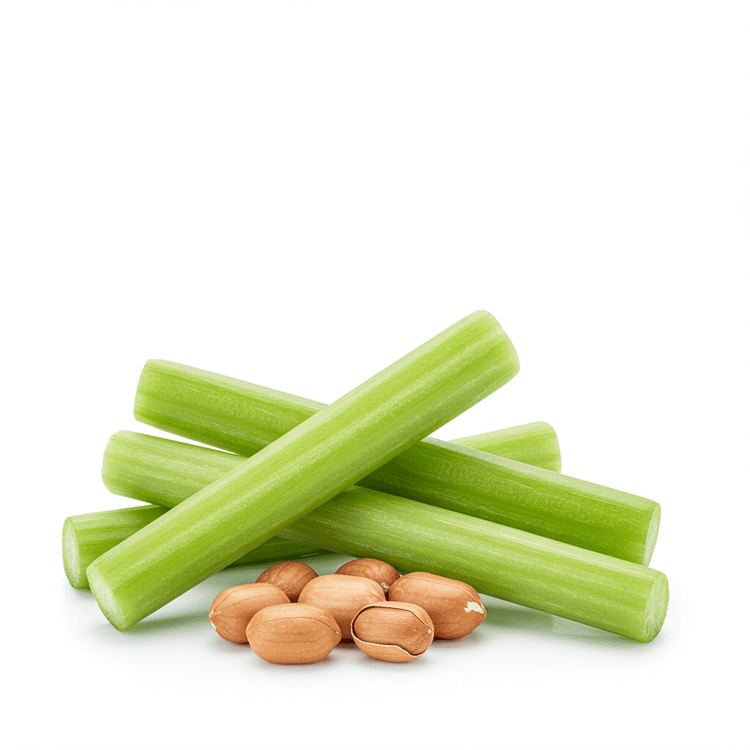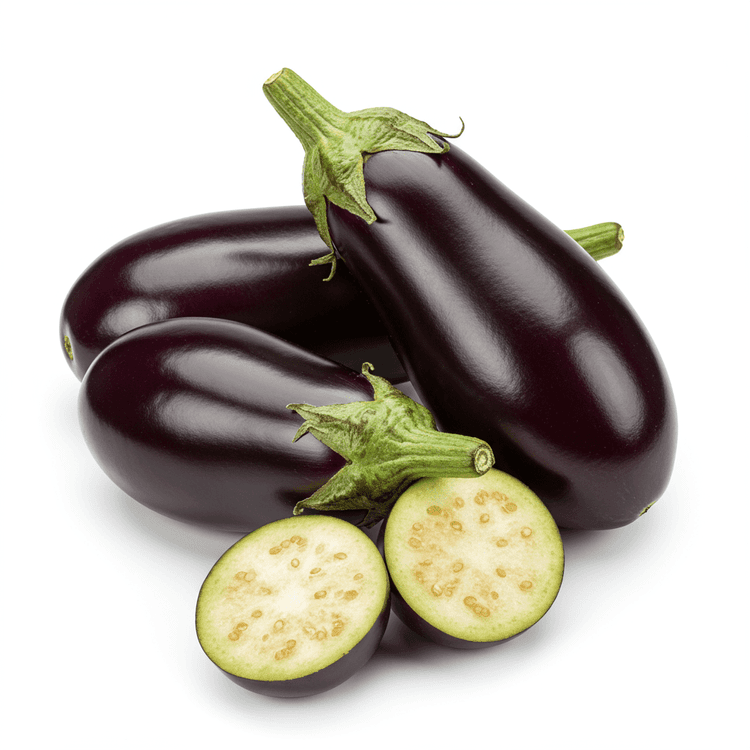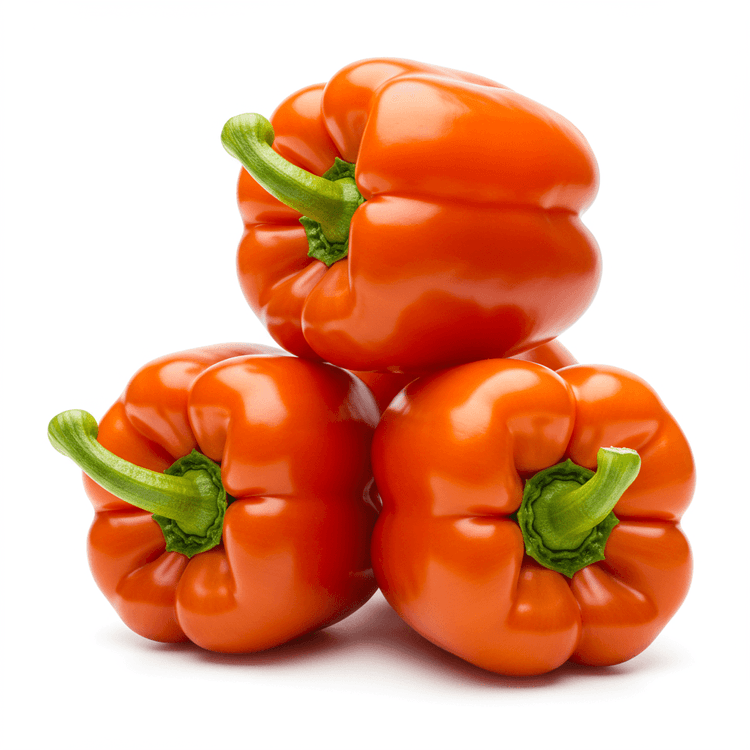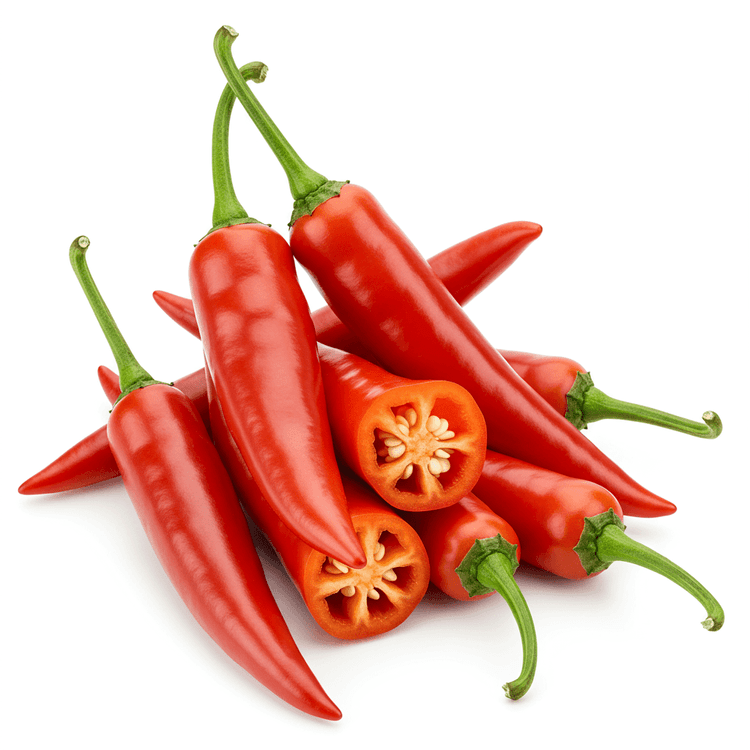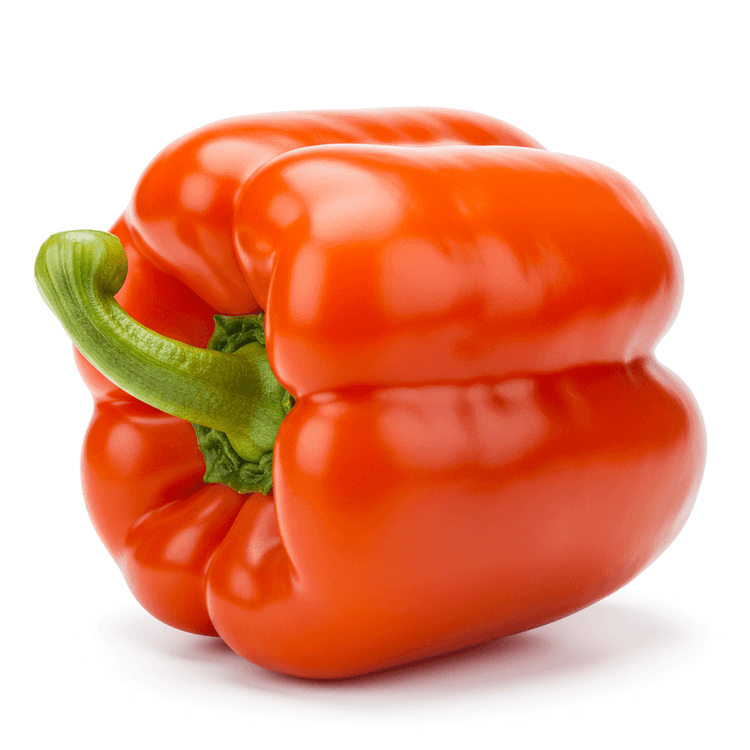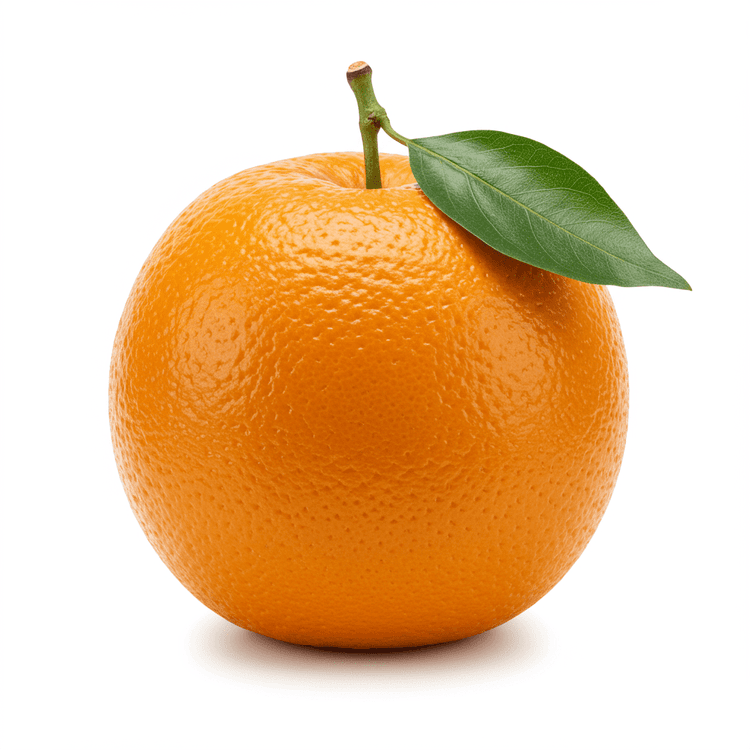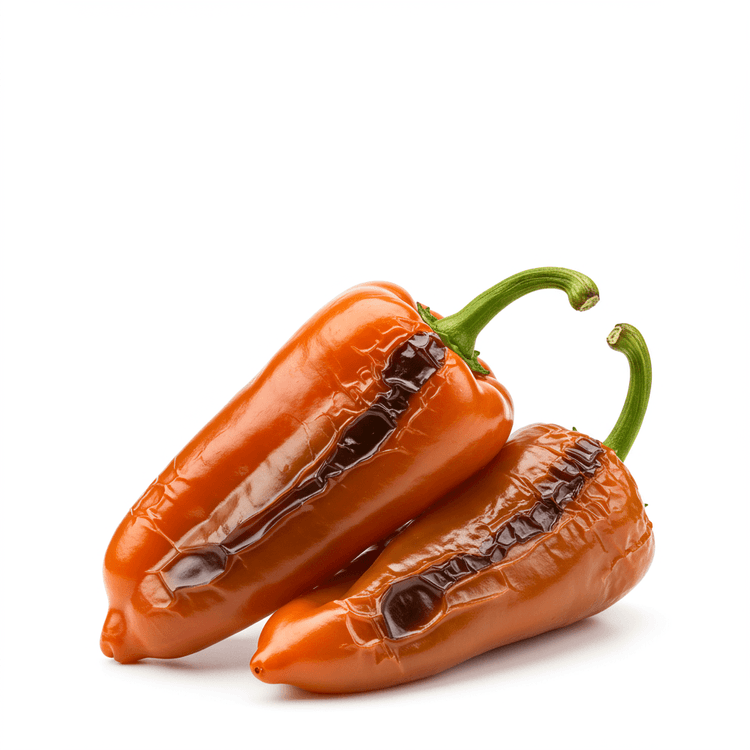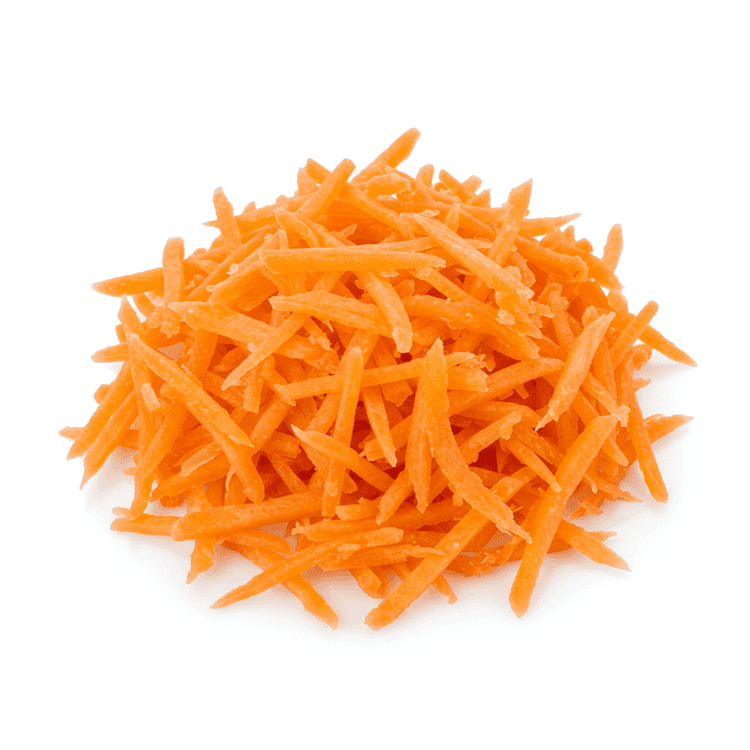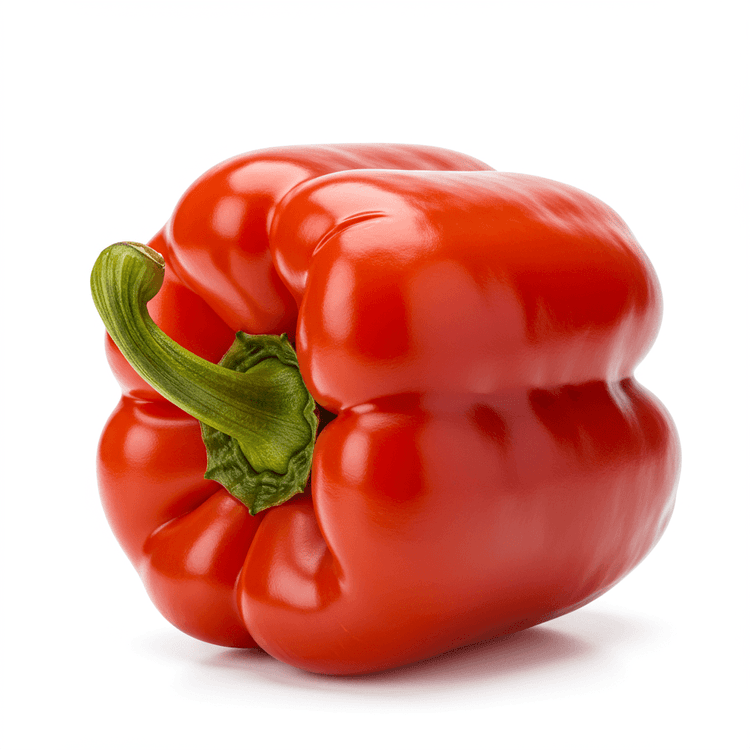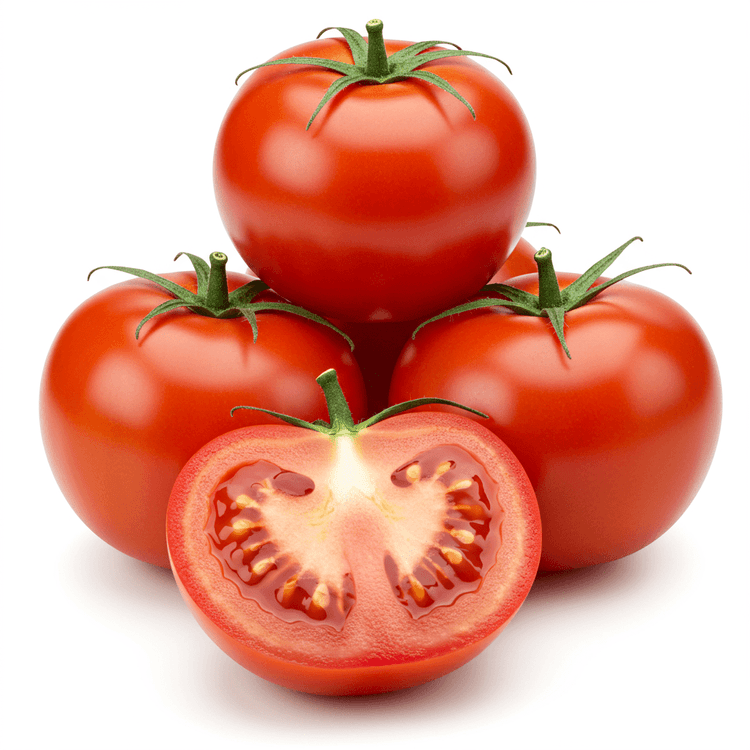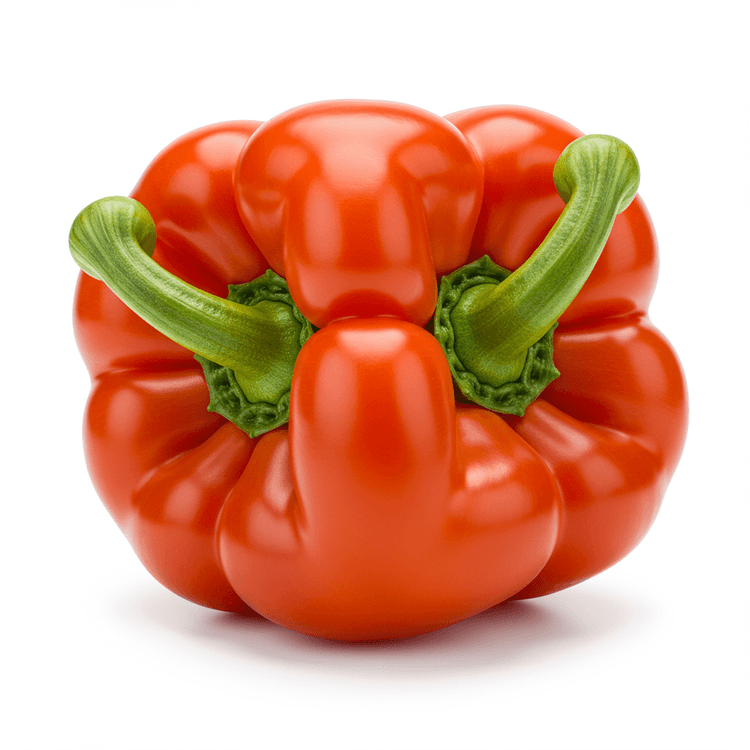
Bell Pepper
Bell peppers, also known as sweet peppers or capsicum, are vibrant, versatile vegetables prized for their mild, slightly sweet flavor and crisp, juicy texture. Available in a rainbow of colors – green, red, yellow, orange, and even purple – bell peppers add visual appeal and nutritional value to countless dishes. Their thick, hollow shape makes them ideal for stuffing, while their refreshing crunch makes them a popular addition to salads and appetizers. Looking for a sweet and crunchy addition to your next meal? Bell peppers are a great low-calorie, vitamin-rich choice.
Common Uses
- Stuffed bell peppers: Bell peppers are often hollowed out and filled with a mixture of ground meat, rice, vegetables, and seasonings, then baked until tender and flavorful. This makes for a hearty and satisfying meal.
- Bell peppers in stir-fries: Diced bell peppers add color, sweetness, and a satisfying crunch to stir-fries, complementing other vegetables and protein sources. They cook quickly and absorb flavors well.
- Bell peppers in salads: Sliced or diced raw bell peppers provide a refreshing crunch and sweetness to salads, adding both texture and nutritional value. The various colors make salads visually appealing.
- Bell peppers in fajitas: Bell peppers are a key ingredient in fajitas, typically sliced and sautéed with onions and other vegetables, then served with tortillas and various toppings for a customizable and delicious meal.
- Bell pepper sauce or relish: Roasted or grilled bell peppers can be pureed or chopped to create flavorful sauces and relishes that add a touch of sweetness and smokiness to various dishes, such as grilled meats or pasta.
- Bell peppers as crudités: Cut bell peppers into strips or wedges and serve them raw as a healthy and colorful crudités with dips such as hummus, guacamole, or ranch dressing for a quick and easy snack or appetizer.
Health Benefits
- Rich in Vitamin C, boosting the immune system and acting as an antioxidant.
- High in Vitamin A, promoting healthy vision and skin.
- Good source of Vitamin B6, important for energy metabolism and nerve function.
- Contains antioxidants like beta-carotene, protecting against cell damage and chronic diseases.
- Low in calories and a good source of fiber, supporting weight management and digestive health.
- Provides Vitamin E, helping protect cells from damage.
Substitutes
Chefadora AI is here.
Experience smarter, stress-free cooking.
Storage Tips
Bell peppers are best stored in the refrigerator to maintain their crispness and flavor. Place them in a crisper drawer or a perforated plastic bag to allow for air circulation, which prevents moisture buildup and spoilage. They typically last for 1-2 weeks when stored properly. Avoid washing them before storing, as moisture can accelerate decay; wash just before use. You can also freeze bell peppers for longer storage, but they may lose some of their crispness. To freeze, slice or dice the peppers and blanch them briefly in boiling water, then cool them quickly in ice water before freezing in a freezer-safe bag or container.
Marnirni-apinthi Building, Lot Fourteen,
North Terrace, Adelaide, South Australia, 5000
Australia
